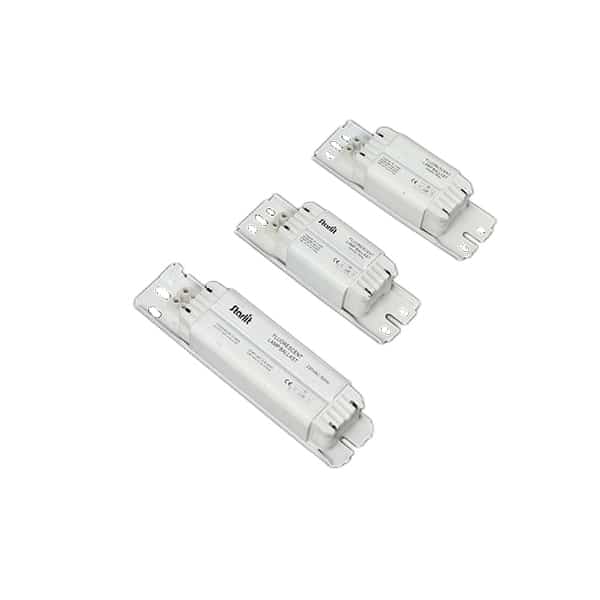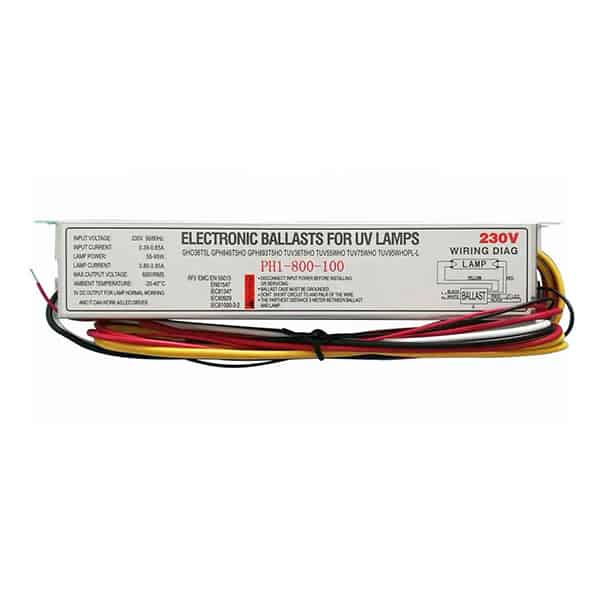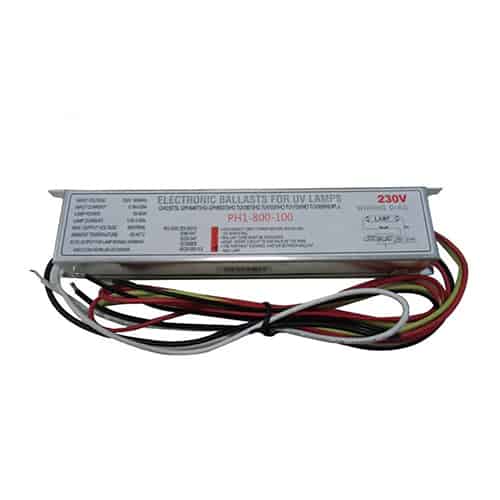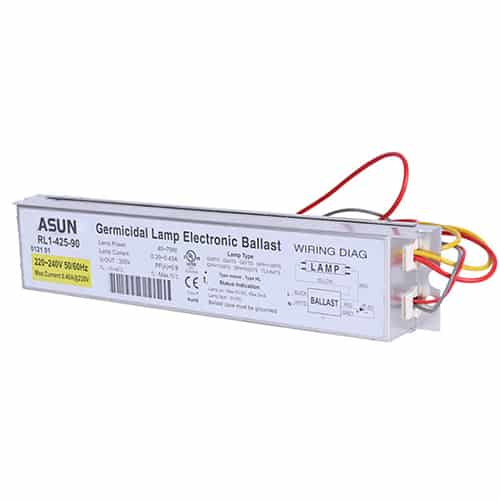As a manufacturer of lamp ballasts, James Lighting often fields questions from customers about their products. One common query we receive is: “Can I use a fluorescent ballast for a UV light?” Lighting ballasts can be complex, and while they may look similar, they serve very specific functions.
The answer to whether a fluorescent ballast can be used for a UV light is, technically, yes. However, it depends on the specific type of UV light and the fluorescent ballast you have.
Now, let’s dive deeper and explore the factors that determine the compatibility between UV lights and fluorescent ballasts.
Understanding Ballasts and Their Function
Before we delve into the question at hand, it is crucial to understand what ballasts are and how they function.
Ballasts are devices that regulate the current in an electric circuit. In the context of lighting, they ensure that the lamps do not draw too much current, which can cause overheating and result in bulb failure. Fluorescent ballasts specifically serve fluorescent lamps, which include linear tubes, compact fluorescents, and other bulb types.
What is UV Light and UV Lamps?
When discussing UV light, it’s important to understand what we are referring to. UV or Ultraviolet light is a type of electromagnetic radiation, which is invisible to the human eye.
UV lamps are special types of lamps designed to emit UV light. These lamps have a broad range of applications, from disinfection and sterilization in healthcare and food industries to curing processes in printing and coating industries.
Different Types of UV Lamps
There are various types of UV lamps, each designed for specific applications and having different power requirements.
The most common types of UV lamps include low-pressure lamps, medium-pressure lamps, and LEDs. Each type requires a specific ballast to operate efficiently. For instance, a low-pressure UV lamp – often used in water purification – operates at a similar voltage and current to a standard fluorescent lamp, which makes it potentially compatible with a fluorescent ballast.
The Concept of Lamp-Ballast Compatibility
The compatibility of a ballast with a lamp is determined by the electrical characteristics of both the lamp and the ballast.
The ballast must supply the right amount of current at the correct voltage to ensure the proper operation of the lamp. A mismatch between the lamp and the ballast can result in sub-optimal performance, premature lamp failure, or even safety hazards.
Fluorescent Ballasts with UV Lamps: Compatibility
As we mentioned earlier, technically, a fluorescent ballast can be used with some types of UV lamps. However, this is not a universal rule and depends on the specific characteristics of the UV lamp and the fluorescent ballast.
If the UV lamp operates within the same voltage and current range as a fluorescent lamp for which the ballast is designed, it may work. However, using a fluorescent ballast for a UV lamp without considering these factors may lead to performance issues or even pose a safety risk.
Specific UV Ballasts: A Better Alternative
While a fluorescent ballast may technically work with some UV lamps, using a ballast specifically designed for UV lamps is a far better and safer alternative.
UV ballasts are designed with the specific power requirements and operational characteristics of UV lamps in mind. They offer optimal performance, extended lamp life, and increased safety.
Potential Risks of Mismatched Ballast and Lamp
Using a ballast that is not matched to your lamp type, even if it seems to work initially, can lead to several issues.
These may include reduced lamp life, poor performance, flickering, and in extreme cases, even fire hazards. Hence, it is essential to always use a matched ballast and lamp pair to ensure safe and efficient operation.
Final Thoughts from James Lighting
At James Lighting, we always advocate for the use of the right ballast for the right lamp.
While it’s technically possible to use a fluorescent ballast for certain UV lamps, we recommend using a ballast designed for UV lamps to ensure optimal performance and safety.
Conclusion: Should I Use a Fluorescent Ballast for a UV Light?
So, to answer the question: “Can I use a fluorescent ballast for a UV light?” The answer is, while technically it might work for some UV lamps, it’s not the ideal or safest solution.
For optimal performance and safety, it’s recommended to use a UV light ballast specifically designed for UV lamps. At James Lighting, we’re here to help you understand and choose the best lighting solutions for your needs.





